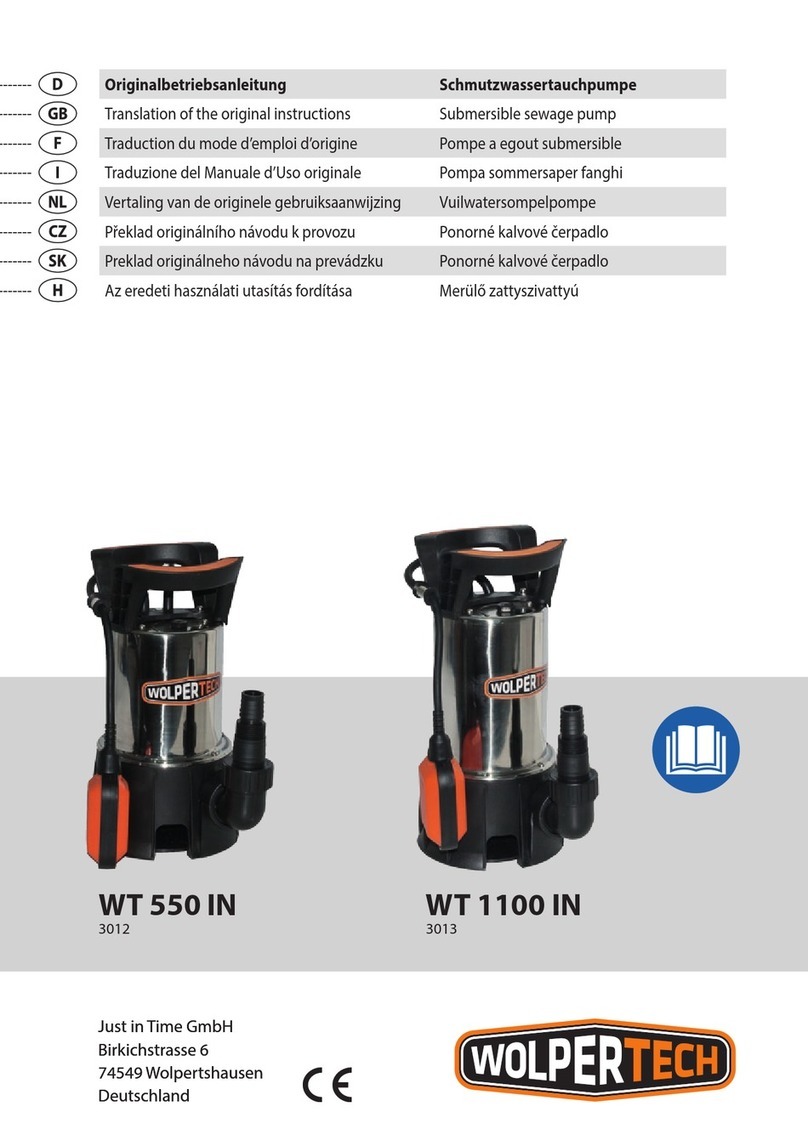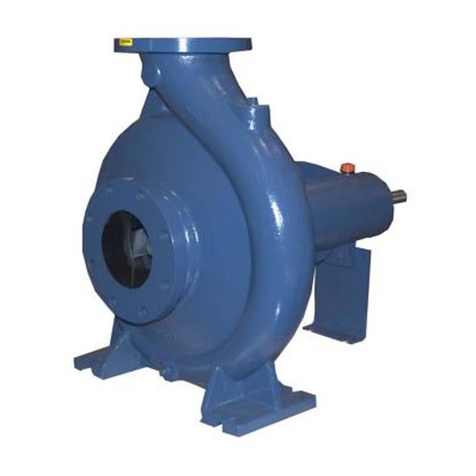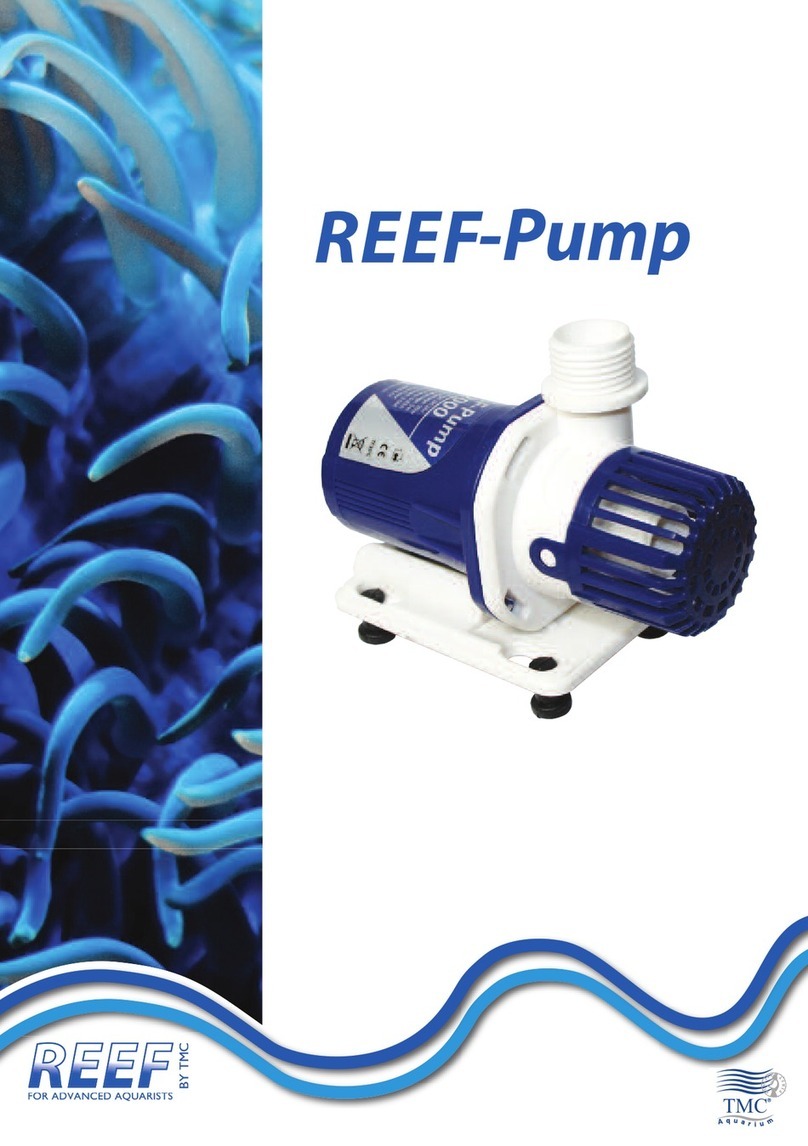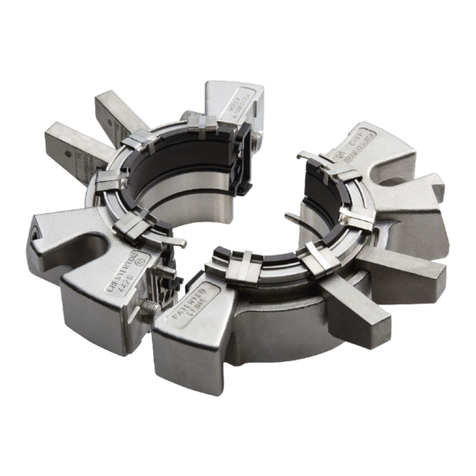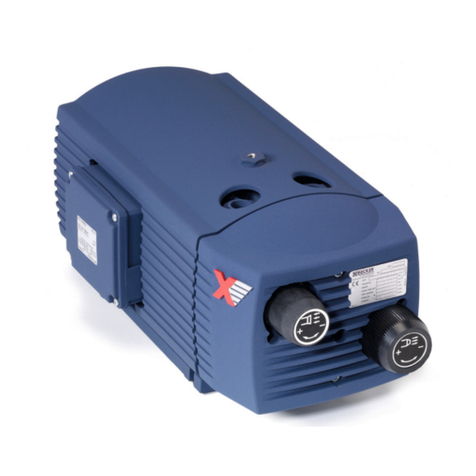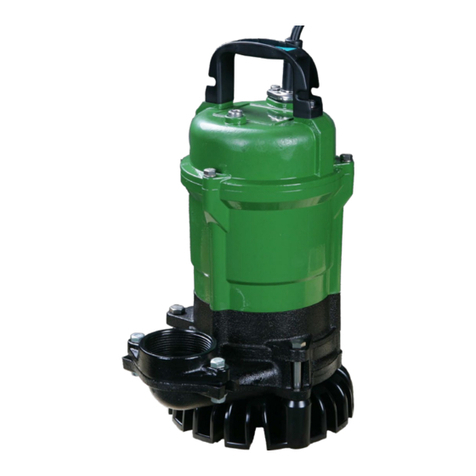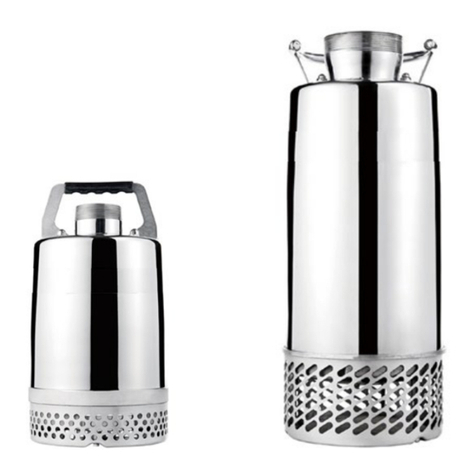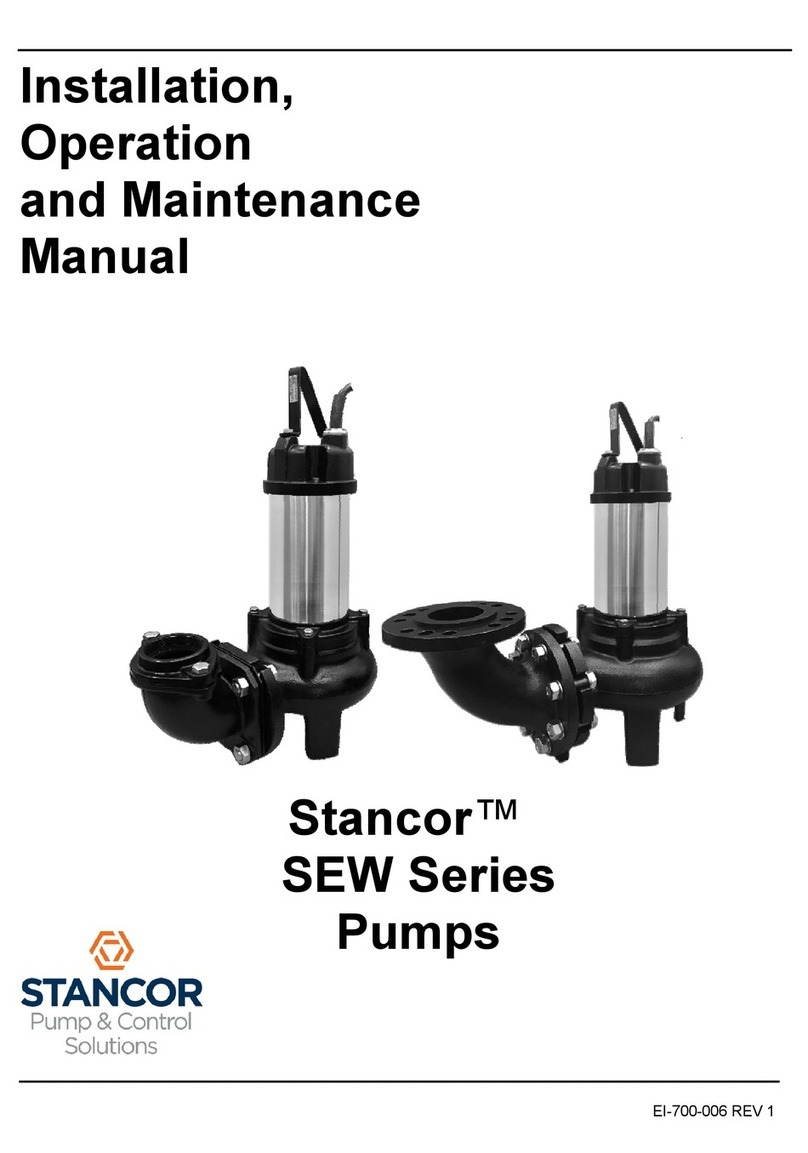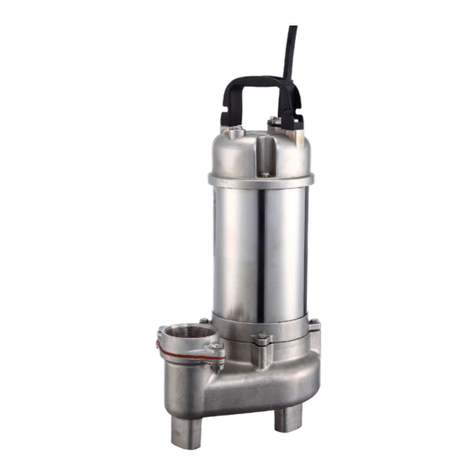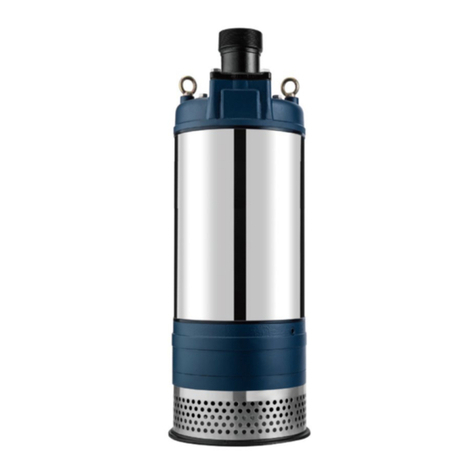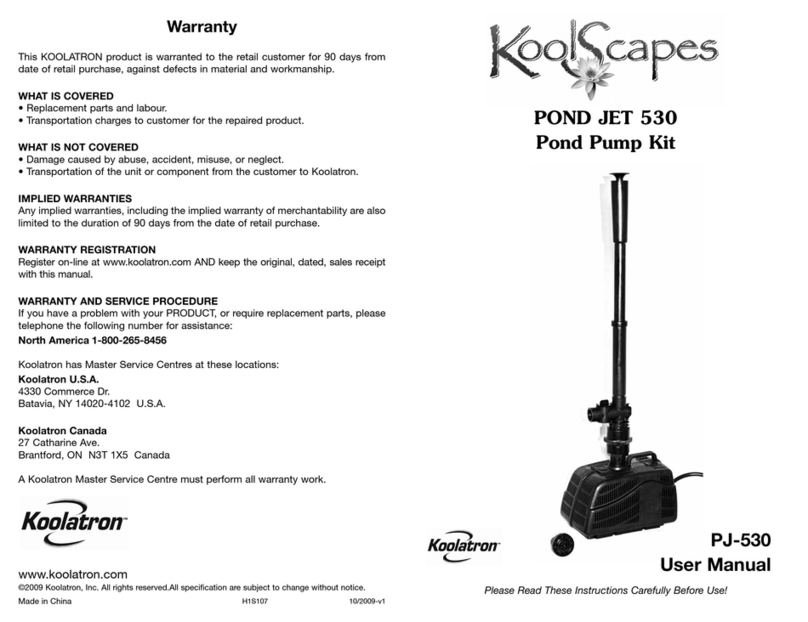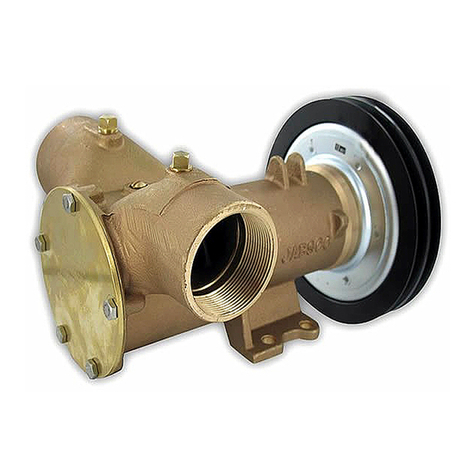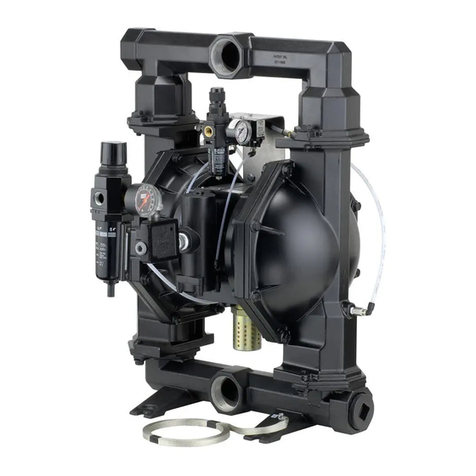
READ THESE INSTRUCTIONS CAREFULLY BEFORE ATTEMPTING TO INSTALL, OPERATE, OR SERVICE YOUR
PRODUCT.
KNOW THE PRODUCT’S APPLICATION, LIMITATIONS, AND POTENTIAL HAZARDS. PROTECT YOUR-SELF AND
OTHERS BY OBSERVING ALL SAFETY INFORMATION. FAILURE TO COMPLY WITH THESE INSTRUCTIONS COULD
RESULT IN PERSONAL INJURY AND/OR PROPERTY DAMAGE!
WARNING: RISK OF ELECTRIC SHOCK.
Safety Guidelines
This instruction manual provides you with the information required to safely own and operate your product.
Retain these instructions for future reference.
The product you have purchased is of the highest quality workmanship and material and has been engineered to give you
long and reliable service.
This product has been carefully tested, inspected, and packaged to ensure safe delivery and operation. Please examine your
item(s) carefully to ensure that no damage occurred during shipment.
If damage has occurred, please contact the place of purchase. They will assist you in replacement or repair, if required.
To reduce the risk of electric shock, be certain that it is connected only to a properly grounded, grounding type
receptacle.
When a pump is in a basin, etc., do not touch motor, pipes or water until unit is unplugged or shut off. If your installation
has water or moisture present, do not touch wet area until all power has been turned off. If shut-off box is not accessible,
call the electric company to shut off service to the location, or call your local fire department for instructions. Failure to follow
this warning can result in fatal electrical shock.
The flexible jacketed cord assembly mounted to the pump must not be modified in any way, except for shortening the cord
to fit into a control panel. Any splice between the pump and the control panel must be made within a junction box and
mounted outside of the basin and comply with the National Electrical Code. Do not use the power cord for lifting the pump.
The pump motor is equipped with an automatic resetting thermal protector and may restart unexpectedly. Protector
tripping is an indication of motor overloading as a result of operating the pump at low heads (low discharge
restriction), excessively high or low voltage, inadequate wiring, incorrect motor connections, or a defective motor or
pump.
For a submersible well pump:
Reduced risk of electric shock during operation of this pump requires the provision of acceptable grounding:
When the means of connection to the supply-connection box is other than grounded metal conduit, ground the pump
back to the service by connecting a copper conductor, at least the size of the circuit conductors supplying the pump,
to the grounding screw provided within the wiring compartment.
This pump is provided with a means for grounding. To reduce the risk of electric shock from contact with adjacent
metal parts, bond supply box to the pump-motor-grounding means and to all metal parts accessible at the well head,
including metal discharge pipes, metal well casing, and similar parts, by means of:
An equipment-grounding conductor at least the size of the well-cable conductors, or the equivalent, that runs down
the well with the well cable and
A clamp, a weld, or both when required, secured to the equipment-grounding lead, the equipment-grounding terminal, or
the grounding conductor on the pump housing.
The equipment-grounding lead, when one is provided, is the conductor that has an outer surface of insulation that is
green with or without one or more yellow stripes.
For a cord and plug-connected pump:
Risk of electric shock - This pump is supplied with a grounding conductor and grounding-type attachment plug. To
reduce the risk of electric shock, be certain that it is connected only to a proper grounded, grounding type receptacle.
When use as a fountain pump, to reduce the risk of electric shock, use only on portable self-contained fountains no
larger than 5 feet in any dimension. Read all instructions and Safety Guidelines thoroughly. Failure to follow the
guidelines and instructions could result in serious bodily injury and/or property damage.


















